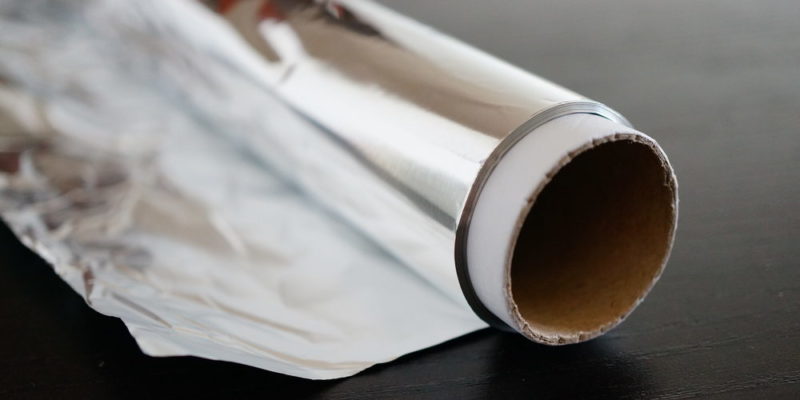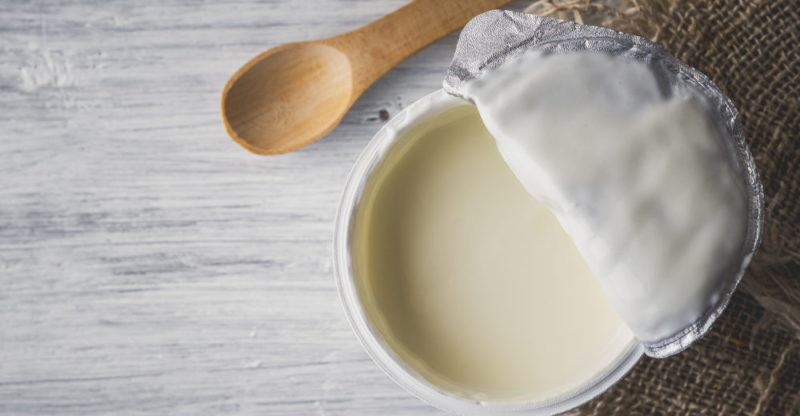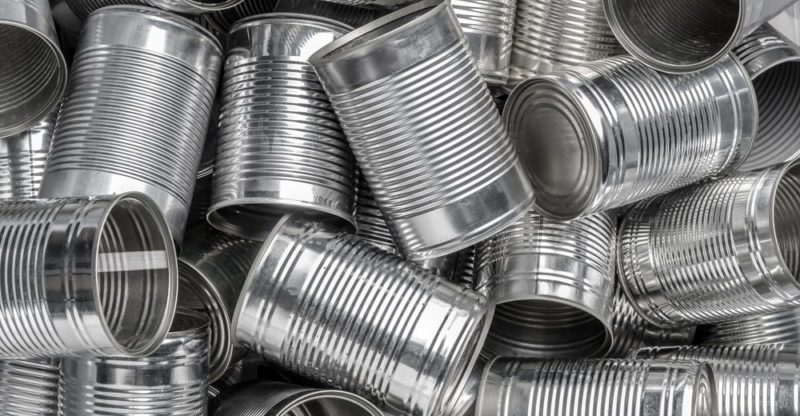We explain what aluminum is, how it is classified and the physical properties it presents. In addition, its characteristics, uses and recycling.
What is aluminum?
Aluminum is a metallic element represented in the periodic table with the symbol 'Al' and the third most common element in the crust of our planet : 8% of the earth's crust contains aluminum in various compounds.Aluminum was first isolated in 1825 by the Danish physicist HC Orsted, and today it is the metal most widely used by mankind, along with iron .
This element is also present in most rock formations and in the body of living beings . However, it is not possible to find it in its pure state in nature, but as part of numerous silicates and minerals.
It is one of the most useful metals and most widely used industrially by humanity, given its properties of lightness, malleability and long life, as well as resistance to corrosion. It is used in a huge variety of alloys to make numerous utensils and containers, as well as parts of various machinery.
Atomic Properties of Aluminum
 Aluminum (Al) is located between magnesium (Mg) and silicon (Si), in group III A of the Periodic Table , identified with an atomic number of 13, and among the metals of the 'p' block. Its atomic mass is 26.98 u and its oxidation state is 3+.
Aluminum (Al) is located between magnesium (Mg) and silicon (Si), in group III A of the Periodic Table , identified with an atomic number of 13, and among the metals of the 'p' block. Its atomic mass is 26.98 u and its oxidation state is 3+.
Aluminum appearance
Aluminum in a pure state is a shiny , light metal , more or less gray-white in color. Its appearance may vary according to the many alloys to which it can be subjected.
Physical properties of aluminum
 Aluminum is a non-ferromagnetic metal and extremely lightweight compared to many metals, making it ideal for many industrial applications, such as the manufacture of containers (cans) or panels. Its melting point is very low (660 ° C) and it is soft and malleable. It is a good electrical and thermal conductor.
Aluminum is a non-ferromagnetic metal and extremely lightweight compared to many metals, making it ideal for many industrial applications, such as the manufacture of containers (cans) or panels. Its melting point is very low (660 ° C) and it is soft and malleable. It is a good electrical and thermal conductor.
Obtaining aluminum
The most common process for obtaining aluminum is to extract it from bauxite, an abundant mineral on Earth . This process involves a significant amount of electrical energy , which means that it is an expensive process; But the resulting material is a useful material, with a long useful life (resistant to corrosion) and a very low recycling cost. All this contributes to having a stable price and being an economical element.
Aluminum applications
 Aluminum is an enormously versatile and central element in many human industries, and its applications are innumerable.
Aluminum is an enormously versatile and central element in many human industries, and its applications are innumerable.From the manufacture of metal parts and machinery components , whether in a state of purity or in alloys (especially to contribute to their hardening), to the manufacture of mirrors, containers of various kinds, aluminum foil, tetrabriks, telescopes and as a component of welds.
First appearances of aluminum
 Aluminum has been present in human history , in the form of salts useful for medicine and dry cleaning. But it did not appear as a pure element until 1825, when the Danish physicist HC Orsted managed to obtain some impure samples by electrolysis . Two years later Friedrich Wöhler obtained the first pure samples.
Aluminum has been present in human history , in the form of salts useful for medicine and dry cleaning. But it did not appear as a pure element until 1825, when the Danish physicist HC Orsted managed to obtain some impure samples by electrolysis . Two years later Friedrich Wöhler obtained the first pure samples.Initially it was considered a precious metal and exhibited together with the crown jewels of France in 1855, but the massification of its handling and lower costs led it to be a common metal.
Aluminum reactivity
Aluminum is very reactive, although it is resistant to corrosion by means of a layer of alumina (Al 2 O 3 ) that forms around it in the presence of oxygen and isolates the rest of the metal from corrosion. It can be easily diluted in hydrochloric acid (HCl (aq) ) or sodium hydroxide (NaOH) , as well as many acids and bases .
Aluminum recycling
 Aluminum can be perfectly recycled without altering its physical properties , which represents a considerable economic advantage over other metals.
Aluminum can be perfectly recycled without altering its physical properties , which represents a considerable economic advantage over other metals.This process also requires little energy consumption (just 5% of the original production process). This remelted aluminum is known as 'secondary aluminum'.
Main aluminum alloys
Since aluminum is a soft metal and not very resistant to mechanical traction , its use is varied but little recommended as a structural material.In this sense, it is usually alloyed with other metals to contribute to its hardening, such as with magnesium , manganese, copper , zinc and silicon, sometimes even titanium and chromium.
Aluminum alloys are identified by series:
- 1000 series . Almost pure. About 99% aluminum.
- Series 2000 . Copper alloys.
- 3000 series . Manganese alloys.
- 4000 series . Silicon alloys.
- 5000 series . Magnesium alloys.
- 6000 series . Magnesium and silicon alloys.
- 7000 series . Zinc alloys.
- 8000 series . Alloys with other metallic and non-metallic elements.
Aluminum toxicity
 Contrary to what was considered for decades, aluminum is not safe for humans. Its degree of toxicity is low, since aluminum from the diet is absorbed in small amounts by the intestine. However, inhalation of aluminum dust or saturation of the element in food can lead to liver and kidney damage, or symptoms of neurotoxicity.
Contrary to what was considered for decades, aluminum is not safe for humans. Its degree of toxicity is low, since aluminum from the diet is absorbed in small amounts by the intestine. However, inhalation of aluminum dust or saturation of the element in food can lead to liver and kidney damage, or symptoms of neurotoxicity.The abundant presence of aluminum has also been linked to the incidence of Alzheimer's disease.
The above content published at Collaborative Research Group is for informational and educational purposes only and has been developed by referring reliable sources and recommendations from technology experts. We do not have any contact with official entities nor do we intend to replace the information that they emit.
MA student of the TransAtlantic Masters program at UNC-Chapel Hill. Political Science with a focus on European Studies. Expressed ideas are open to revision. He not only covers Technical articles but also has skills in the fields of SEO, graphics, web development and coding. .
Leave a reply
Your email address will not be published. Required fields are marked *Recent post

Sport: What Is It, Types, Risks, Features, Characteristics and Examples
September 23, 2021

Dogs: Emergence, Features, Characteristics, Feeding and Breeds
September 24, 2021

Story: Definition, Elements, Structure, Features and Characteristics
September 24, 2021

Essay: Definition, Structure, Features, Characteristics, How to Do It
September 24, 2021
